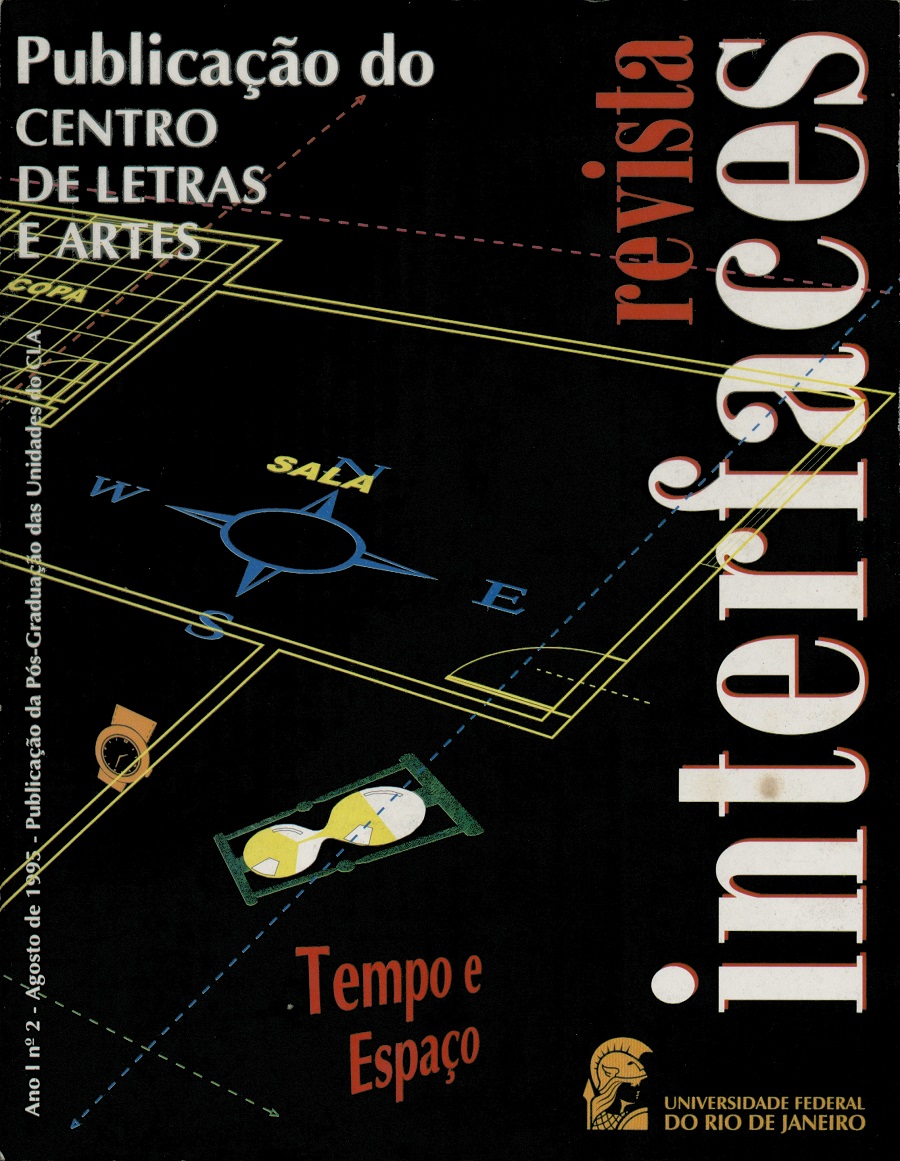Espaços e Tempos nas Cidades trajetórias do Cosmos grego ao caos contemporâneo
Palavras-chave:
Espaço, tempoResumo
Space and time are two forms of sensibility that take part in architectural and in urbanistic production and in philosophical formulations. Every conception of world implies an aesthetic dimension that art brings to visibility. An archeological reading, that establishes interactions between different fields of knowledge, reveals the points of resistance and the possible passages which allowed the emergence and transformations of theoretical and practical discourses. In archaic Greece, the creation of a cosmos in chaos determined the privilege of space and the neutralization of time. Despite cultural displacements and some periods of greater temporal expression, space defined its domain in western civilization. However, contemporary thought no longer indicates an opposition but an immanent identity between chaos and cosmos. Rupture with the limits and the contours of forms enables the liberation of nomad flows and the revelation of time, creating different worlds based on new architectural and urbanistic configurations.
Downloads
Referências
DELEUZE, G. (1991a) A Dobra; Leibniz e o Barroco. Campinas: Papirus.
______. (1991b) Foucault. São Paulo: Brasiliense.
______. (1990) A Imagem-Tempo. São Paulo: Brasiliense.
DELEUZE, G. & GUATTARI, F. (1988) Mil Mesetas; Capitalismo y Esquizofrenia. Valencia: Morevedre.
DESCARTES, R. (1986) Méditations Métaphysiques. Paris: PUF
FOUCAULT, M. (1986) Microfísica do Poder. Rio de Janeiro: Graal.
FRAMPTON, K. (1991) História Crítica de la Arquitectura Moderna. Barcelona: Gustavo Gilli.
GUATTARI, F. (1992) Caosmose; um Novo Paradigma Estético. Rio de Janeiro:34.
HARVEY, D. (1993) A Condição Pós-moderna; uma Pesquisa sobre as Origens da Mudança Cultural. São Paulo: Loyola.
KANT, I. (1951) Critique of Judgement. New York: Hafner.
LEFEBVRE, H. (1992) The Production of Space. Cambridge: Blackwell.
LEIBNIZ, G.W. (1973) Philosophical Writings. London: Guernsey.
LEROI-GOURHAN, A. (1990) O Gesto e a Palavra; Técnica e Linguagem. Lisboa: 70.
MUMFORD, L. (1991) A Cidade na História; suas Origens, Transformações e Perspectivas. São Paulo: Martins Fontes.
NIETZSCHE, F. (1968) The Will to Power. New York: Vintage.
NOEVER, P. (1991) Architecture in Transition; Between Deconstruction and New Modernism. Munich: Prestel.
NORBERG-SCHULZ, C. (1975) Meaning in Western Architecture. New York: Praeger.
NORBERG-SCHULZ, C. (1980) Genius Loci: Towards a Phenomenology of Architecture. New York: Rizzoli.
PLATÃO (1985) Timaeus. New York: Macmillan.
PANOFSKY, E. (1991) Arquitetura Gótica e Escolástica; sobre a Analogia entre Arte, Filosofia e Teologia na Idade Média. São Paulo: Martins Fontes.
VATTIMO, G. (1987) O Fim da Modernidade; Niilismo e Hermenêutica na Cultura Pós Moderna. Lisboa: Presença.
VERNANT, J.P. (1985) Mythe et Pensée chez les Grecs. Paris: Découverte.
VERNANT, J.P. (1992) As Origens do Pensamento Grego; Estudos de Psicologia Histórica. Rio de Janeiro: Paz e Terra.
VIRILIO, P. & LOTRINGER, S. (1984) Guerra Pura; a Militarização do Cotidiano. São Paulo: Brasiliense.
WÖLFFLIN, H. (1989) Conceitos Fundamentais da História da Arte; o Problema da Evolução dos Estilos na Arte mais Recente. São Paulo: Martins Fontes.
WORRINGER, W. (1992) A Arte Gótica. Lisboa: 70.
Downloads
Publicado
Edição
Seção
Licença

Este trabalho está licenciado sob uma licença Creative Commons Attribution 4.0 International License. O envio dos trabalhos implica a cessão sem ônus dos direitos de publicação, inclusive em versão eletrônica online. Todos os diretos provenientes da venda da revista ficam cedidos à Revista InterFACES. A republicação dos trabalhos deve mencionar a publicação original em Revista InterFACES.


